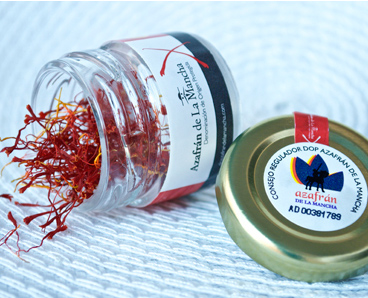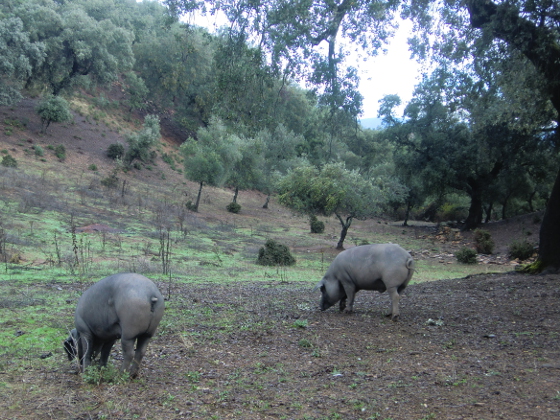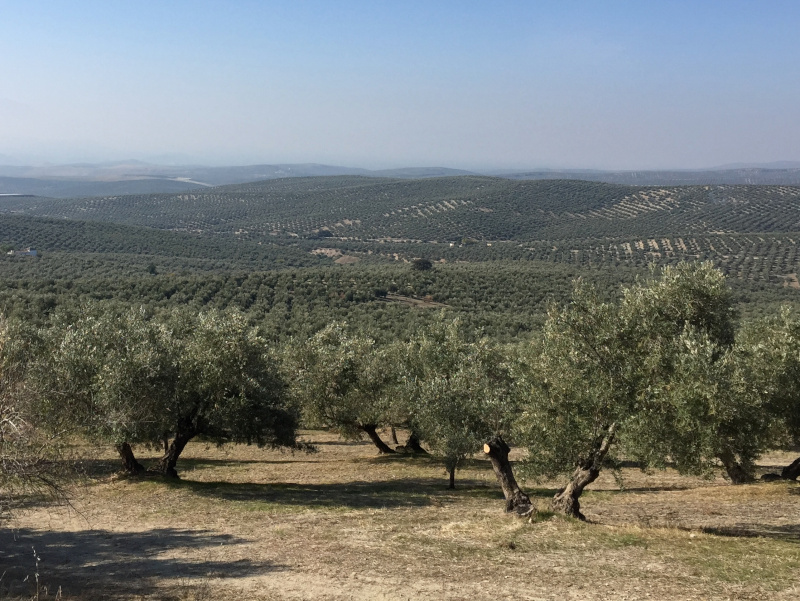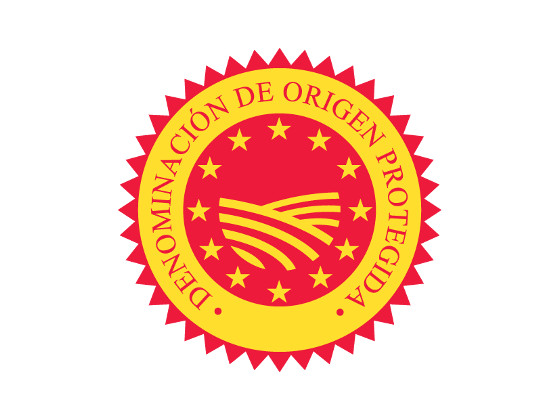
Saffron is considered the most expensive spice in the world, mainly because it requires a lot of labor since its collection and processing are necessarily manual and done in a very short period of time every year, coinciding with the blooming of the flowers from which it comes. Around 150 flowers are required to grow, harvest, prune and toast to get 1 gram of dried saffron threads.
Although you could conclude that it is not worth trying, the cost per serving is not as expensive as you think, so it is worth knowing its characteristics and benefits in both traditional and avant-garde cuisine.
In cooking, there are three main parameters that define the use of saffron:
The above compounds can be measured in chemical analysis, allowing saffron from different origins and presentations to be compared.
Saffron is the thread-like stigma (part of a plant's female reproductive organ) located within the flower of the Crocus Sativus, a small fall-flowering perennial plant (usually up to 5 years) grown in climates with warm and dry summers preceded by rainy springs. Autumn rain just before flowering also increases crocus production.
The most consensual version of its origin locates it in Iran, where it could have been introduced in Europe by the Greek empire and in the rest of Asia by the Assyrian and Persian empires (Wikipedia). It appears cited in The Iliad and The Bible.
Today, Iran accounts for about 90% of world production, followed by Spain and Kashmir (India).
The Arabs were responsible for the expansion throughout the Spanish peninsula. Today it is grown mainly in the La Mancha region, where it has become the engine of social relations through neighborhood ties, cooperation, and solidarity, derived from the need for all the hands of the villagers during the harvest. For centuries, La Mancha producers have implemented a simple technology, which in essence has remained unchanged until today.
The Crocus sativus plant lasts 5 years, of which the first gives no yield, and little the last. They bloom once a year in late October.
The flowers are collected during the first hours of the day, as they bloom. They are pruned that same day, keeping only the stigmas (with a small portion of style), all after removing dust or dirt.
Within 12 hours after harvest, the strands are roasted at a temperature between 60º - 80º Celsius, to eliminate humidity and preserve them for longer. As in most cases, the production is really small in size, charcoal from vine shoots (since they share the same harvest time) or gas stoves are used for this task.
Once back to room temperature, the saffron is stored in sealed airtight containers and kept away from light and in a cool environment. Before packing, it is sorted based on strand length, style length (yellow strand section), and color.
To maintain high-quality standards, La Mancha producers founded the Control Board of La Mancha Saffron Protected Designation of Origin (PDO), which establishes the specific requirements for production and manufacturing, as well as the physicochemical conditions and organoleptic characteristics (color, aroma, and flavor) that all saffron sold under this label must comply. An independent and impartial monitoring agency conducts an annual verification of compliance by producers.
Look for these logos on the saffron packaging:
Some tips before buying:
It doesn't take too much saffron to get the special color, flavor, and aroma that it adds to any recipe, hot or cold. For example, for a paella, you only need 8 to 10 strands per serving, which is barely 0.05 grams.
There are basically three methods:
What makes so special the Iberico Ham? This particular breed, only found in Spain has unexpected benefits for your health
Do you know when to use extra virgin olive oil instead of regular olive oil? Our practical guide will help you learn more about Spain's most famous export and improve your flavors in the kitchen
The Protected Designation of Origin label certifies where foodstuff has been grown and/or produced to avoid couterfeits and deliver to customers the excellence of European foodstuff production





